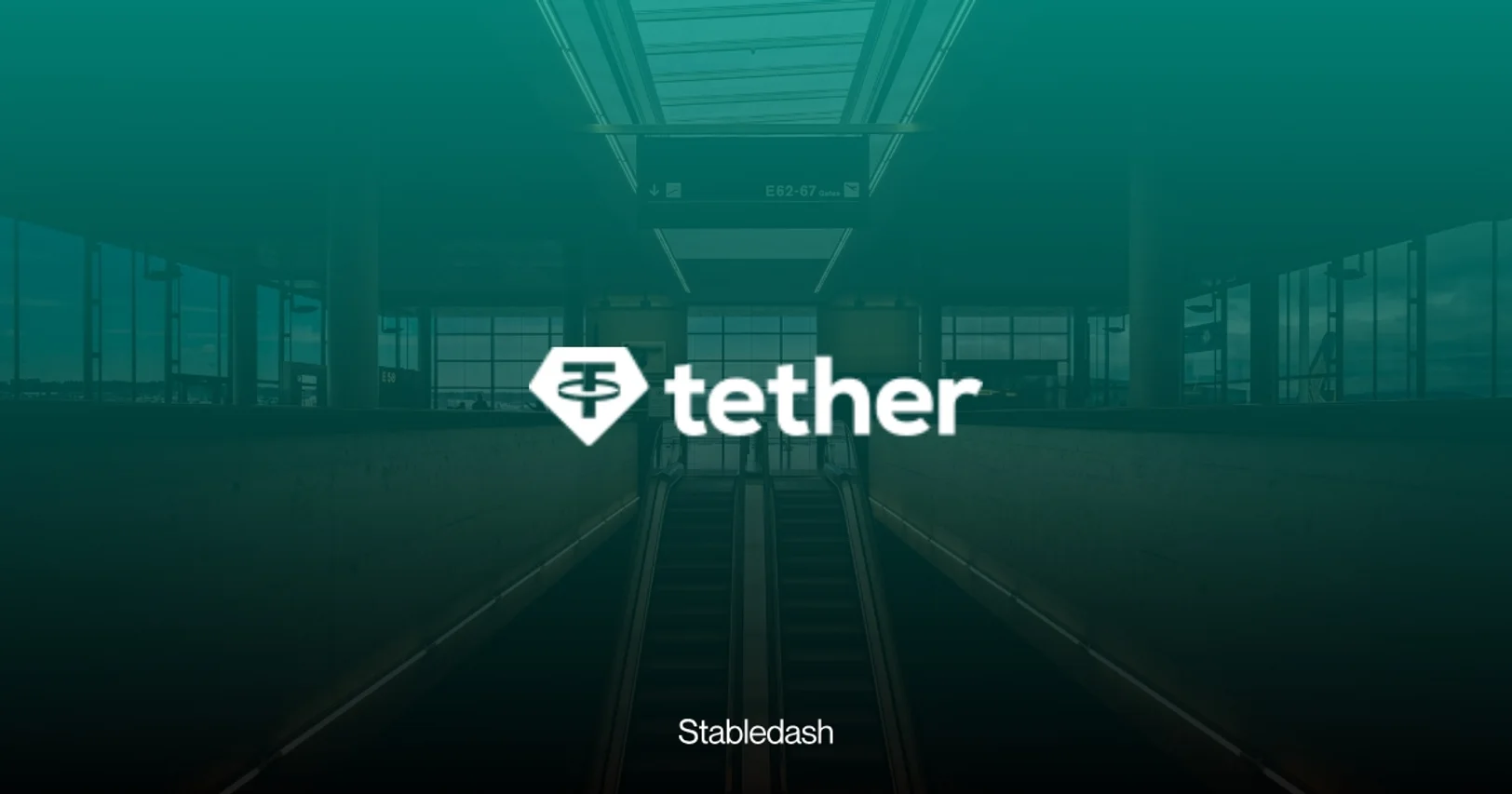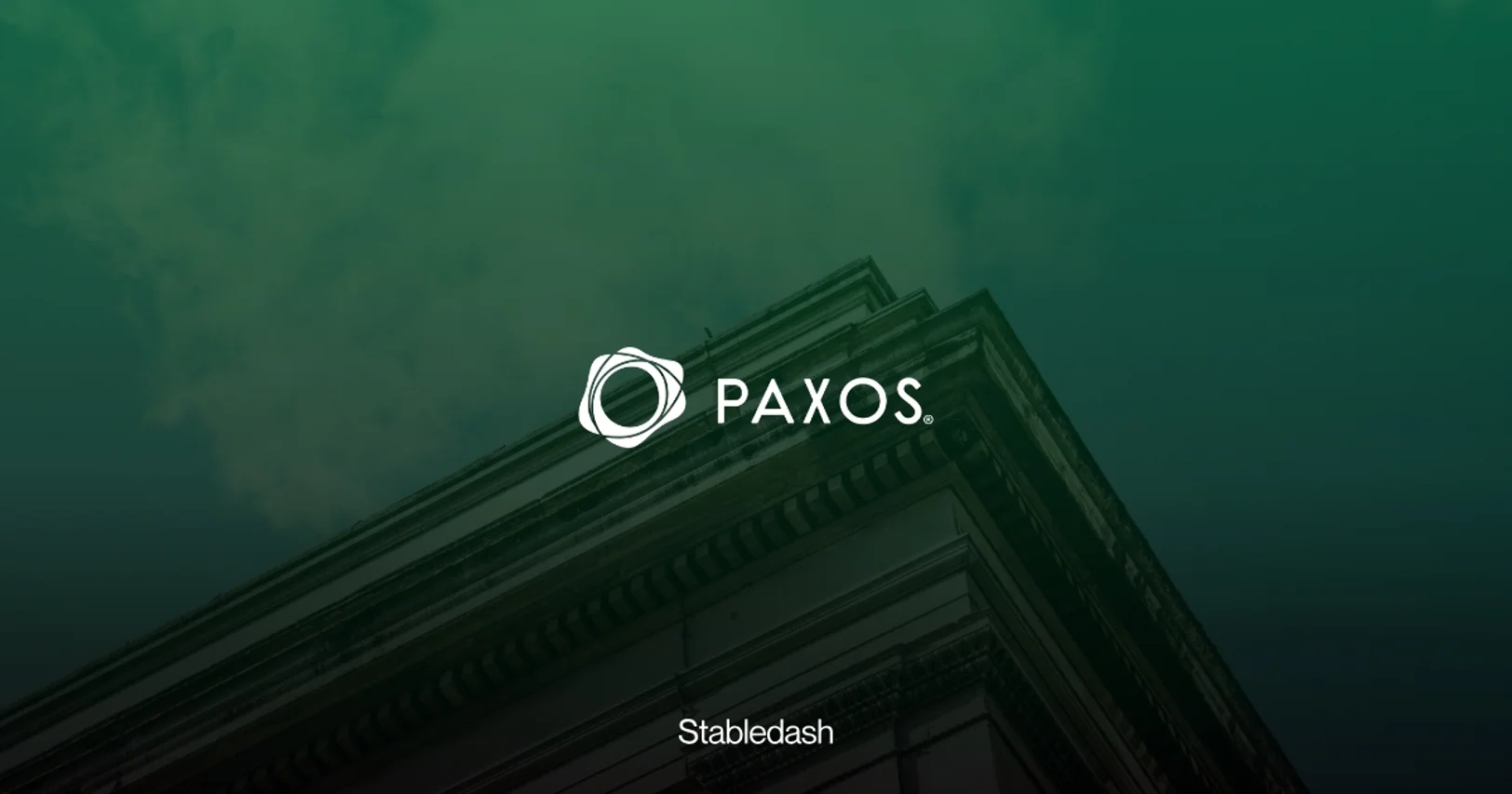Stablecoins Increasingly Utilized for Cross-Border Payments and Asset Tokenization
Financial institutions are adopting stablecoins for faster, more efficient cross-border transactions, reshaping the global currency landscape.
August 11, 2025

Stablecoins are being integrated into core financial services like cross-border clearing and asset tokenization.
They offer a faster and cheaper alternative for international payments compared to traditional banking systems.
Increased adoption by financial institutions could reshape the global currency landscape and intensify monetary competition.
Stablecoins are gaining significant traction in the financial sector, particularly in cross-border payments, where they offer a more efficient alternative to traditional systems. Their stable value, pegged to fiat currencies, makes them suitable for international trade and remittances, reducing transaction costs and settlement times. This shift is not limited to emerging markets; traditional financial institutions are also exploring the integration of stablecoins into their operations for clearing, savings, and the tokenization of assets. The growing adoption of stablecoins signals a broader trend towards the digitalization of finance, potentially reshaping the global currency regime and fostering a more competitive monetary environment. As regulatory frameworks evolve, the role of stablecoins in the mainstream financial system is expected to expand, further challenging conventional cross-border payment mechanisms and offering new opportunities for financial innovation.
Don't Miss the Next Big Shift
The Stabledash newsletter keeps you off the timeline and dialed into modern money.
Join leaders at Circle, Ripple, and Visa who trust us for their stablecoin insights.


